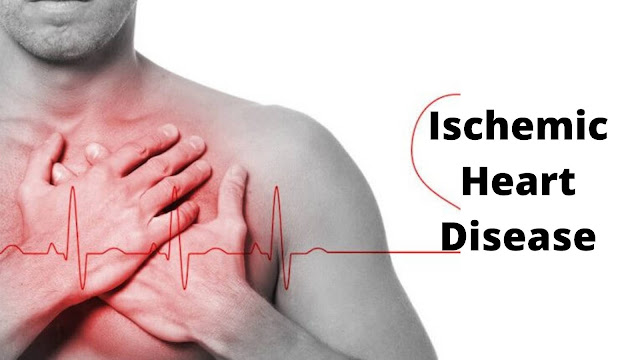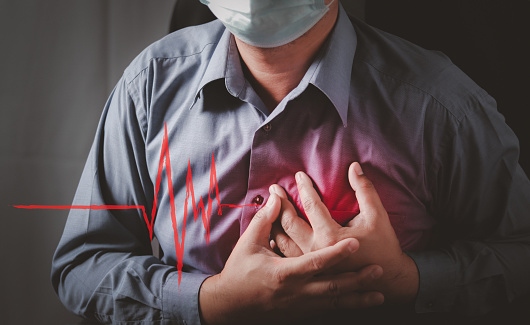Telemonitoring Service Health

Telemonitoring services in healthcare involve the remote monitoring and management of patients' health data and vital signs using technology, allowing healthcare professionals to track patients' conditions from a distance. Here's a comprehensive guide covering key aspects of telemonitoring services in health: Definition and Purpose: Telemonitoring is a subset of telehealth that involves the continuous monitoring of patients' health metrics, such as blood pressure, heart rate, glucose levels, oxygen saturation, and more, using digital devices and communication technology. The primary purpose is to provide real-time data to healthcare providers for remote assessment, intervention, and management of patients' health conditions . Benefits of Telemonitoring: Continuous Monitoring: Allows for real-time tracking of patients' health parameters without the need for in-person visits, enabling early detection of changes or abnormalities. Improved Patient Engagem...

.jpg)



